It's been a year since I started working on my Kickstarter project. Kickstarter is running their Make100 campaign again and I have finally gotten around to finishing up this post. It is one of the most fulfilling things I’ve done in a long time. You can read about the creation of the product on these two blog posts here and here, but this post will be focused on my experience with crowdfunding and the issues I faced during the fulfilment process.
Disclaimer: While this is a success story, I attribute a lot of it to luck as well. This is not exactly a guide on how to make a successful kickstarter project. Take it as just another story to influence your decision making and discover the different considerations needed to make a kickstarter project work.
Context
Before we start, I figured I should give some context to this campaign so you know what to expect. This is not a hugely successful campaign that raised hundreds of thousands and has tens of thousands of backers. It’s a small electronics project that had about 90 backers and raised about $4000. The goal was never to open a huge production warehouse in China and make a thousand units. I wanted to share my creation with the world, and I had planned from the start to assemble everything myself.
Initially, I wasn’t even going to crowdfund the product, if it wasn’t for Kickstarter’s Make100 campaign, I wouldn’t even have bothered to make a Kickstarter project. Make100 is a campaign which encourages small time creators like me to make a small production run of things, up to 100 pieces. In fact the campaign is running right now (assuming you’re reading this in Jan 2021). If not they seem to run it once a year in Jan.
That said, this still worked out way better than I thought it would. I was expecting maybe 10 people to notice it and I would get about 10 backers.
Before the Campaign
This part focuses on building the crowdfunding part of the campaign. Needless to say, this assumes that you have figured out the finances, supply chains, and have a good idea of how you would fulfil the project if the crowdfunding campaign is successful. You should include all this information in the campaign, not only to build trust in a would be backer, but also as a mental exercise to make sure you didn't miss out on anything important. For my campaign specifically, I had planned to purchase everything from aliexpress.com, the same place I bought all the parts for my prototypes. For the PCB, I used jlcpcb.com, which is also where I bought my PCB prototypes. Since I was planning on assembling it myself, I did not have to worry about the assembly part of the factory.
The primary reason for choosing Kickstarter was their make100 campaign. I also am more familiar with them having backed a whole bunch of projects before. The first thing I did was to look at other kickstarter campaigns to get an idea of how to structure campaigns. I recorded a list of campaigns that were similar to my own in terms of campaign size as well as product category. I also had another list of campaigns that I definitely did not want to follow. These included those that looked like they put very little effort into the campaign or video. I then used these to guide the creation of the story part of my campaign.
I originally had no plans for making a video either, but for all the Kickstarter guides I looked at said that having a video improves the chances of a successful campaign. So I ended up creating one. For that, I did the same thing and watched a bunch of other kickstarter videos to figure out what I wanted to include in mine. I am embarrassed to admit that I ended up backing a few additional projects in the course of my research.
One thing that is usually mentioned in crowdfunding guides is pre-marketing your product, and having a mailing list. This is something that I did not do at all as I was banking on kickstarter being my main source of marketing. I did try to look for communities that I could market to, but at the same time, unsolicited marketing is usually unwelcome in many places. I posted it on the kickstarter subreddit after launch, but I don’t think it helped much. I guess that advice is usually targeted at kickstarters that aim to get thousands of backers, and not a small time creator like me. One more successful one was me sending an email to Hackaday. They featured my project on their site and I'm pretty sure I managed to get at least 2 backers from them.
Another trick I read somewhere was to keep your goal low. This is because people are more likely to back a kickstarter that has met their goal, and having your campaign reach more than a few hundred percent of the goal is much more impressive. While I don’t typically like to resort to marketing tricks like this, I do have to agree that having a large % is much nicer to look at. Taking this to the extreme, I have seen kickstarters that set their goal to be $1. So even $100 in pledges will result in 10000% of the goal. This might sound like a great idea, and slightly shammy, but one thing to remember is you should always expect the worst case. You should assume that you only get the goal amount. And if that were to happen, can you still fulfil the rewards without making a loss? For me, that amount was $200. Meaning even if only 5 people backed my project, I would still be able to fulfil those orders without making any loss.

During The Campaign
The campaign was set to last a month. This is naturally one of the most stressful times and you get to see your numbers slowly rising (or falling).
Kickstarter provides a good project funding report page that you can use to track your progress. But there is always space for more graphs. One such resource is kicktraq. They provide so much more information than Kickstarter and the best part is that it happens automatically. They scrape and track every project on Kickstarter and even provide the projected end amount so you can see how your project is trending.
Only 2 backers came from my website link. Which was surprising since I wasn’t doing anything to actively advertise my website. I guess those people saw the project on another site, then Googled lifeclo.cc and got my website.
Stretch Goals
To be honest I had no plans for stretch goals, but I felt like something that everyone else was doing and I wanted to be part of the party. I ended up putting various colour combinations and a webapp. I will come to regret that decision later as it added a lot more logistical overhead, but we will touch on that part later.
Follow up campaign
One thing I could have done but did not do was to create a follow up campaign on Indiegogo. From what I read, this is a strategy to get more exposure for the campaign. Indiegogo allows you to import your goal and funding progress from kickstarter so you won't have to start from 0. In my case I just wanted to finish my project and needed a fixed number of units to manufacture.
Other than that and keeping my backers up to date. I didn't do much else for the duration of the campaign. I didn't run any ads or post it anywhere else. This was also an experiment to see how a campaign performs with only Kickstarter’s discovery algorithm.
After the Campaign: Logistics and Fulfilment
Fulfilment Logistics and Spreadsheets
Even though fulfilment logistic platforms such as BackerKit exists, I chose not to use any. Those help you with order management and automates some communication with the backers . For my project, I felt that since I was only going to deal with 100 backers max, it wouldn’t be too difficult to figure out the quantities for what I needed to buy from the spreadsheet Kickstarter provides.
I was wrong. I ended up having some spaghetti-code-like Google Sheets document with too many formulae and queries just to figure out the number of parts I needed to buy in total. In addition, I had to make sure that each backer received the correct order and that it was shipped to the right address.
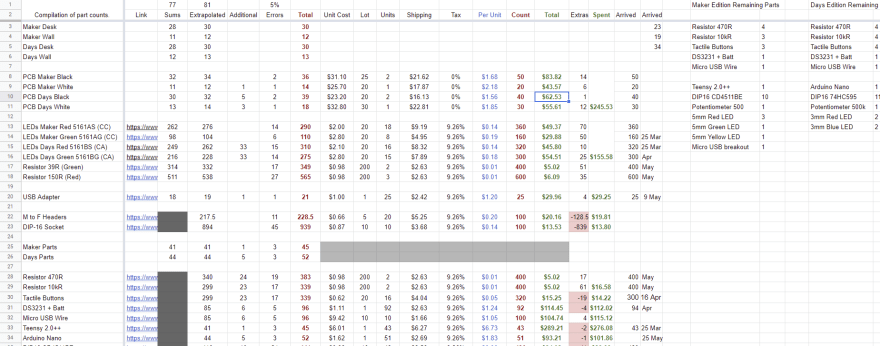
One huge thing I overlooked was the fact that I gave my backers many different options. They could choose the edition, the board colour, the light colour, and if they wanted it assembled or not. This did not seem like a lot, but that is 2 ^ 4 options, giving me 16 unique products to prepare. This did not even take into account special orders with a mix of colours or multiple items. Since I was not using any order management system, this also meant that whenever people wanted to add on more units, I would have to correspond with them via email or the messaging system, and then put a new row on my spreadsheet.

You also only get to send out the backer survey after the campaign ends. This means that you can only start planning the logistics after the project is complete. I notice that some bigger Kickstarter projects tend to send a message asking their backers for what options they want before the project ends to get an idea of roughly how many units they need to manufacture.
In my case, I made the wrong assumption that I could start planning immediately after the Kickstarter campaign ended. What I did not consider was that people generally take some time to respond to the survey. I ended up waiting 2 weeks before extrapolating the units and adding some buffer to the final order amount before placing the order.
At this point, I still had plenty of time to fulfil my project on time. I had added 4 weeks of buffer time thinking it would be enough. It wasn't.
Covid Issues
The campaign ended at the beginning of February. I only managed to place my orders in the middle of February. Based on previous shipments, orders took about 4 - 6 weeks to arrive, so I was expecting the items to arrive mid to end of March. I would then be able to assemble them and ship them out.
As we all know, covid happened to hit China and the US pretty hard during that time, and that completely destroyed the supply chain. I did end up having pretty large delays due to that. I even put in a second order of some components after USPS failed to deliver them. Due to that, I now have an additional 100 micro USB cables lying around at home that I can’t bear to throw away.
Every 2 weeks, I would update my backers on the progress of various other things related to the project. Throughout the delays, no one seemed particularly upset about it, and were all pretty understanding. I’m happy to have gotten such nice backers.
Production Logistics
This caught me entirely by surprise. I had planned for the assembling and soldering of the Lifecloccs to take about 1 hour per item. That's how long it took me to assemble one unit anyway.
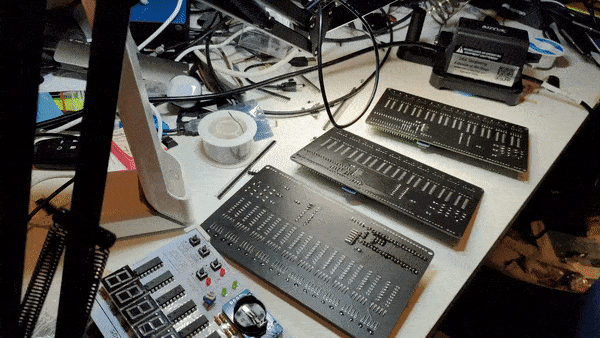
That meant I would only need about 20 hours so solder and pack the units since I had 20 orders right?
This turned out to be completely wrong. Every time I started my packing line, it took me 30 minutes just to prepare everything. Then it took about 20 minutes per order to do the following:
- Check the order
- Print the shipping label
- Pick out the correct parts
- Double check the parts were correct
- Pack them nicely, and seal the envelope
This meant that for the remaining 60 or so orders that weren’t assembled, I still took about 2 weeks working nonstop after work to complete.
All this did not include the couple of weeks I took to figure out the spreadsheets and where and how to ship things. I now see why people use crowdfunding management platforms.
All in all, I feel like while my original estimates of being able to ship it in May would have been met if it were not for covid. Having the covid delays definitely helped by giving more time to sort things out. It also helped that during this time, I was working from home, as many other companies have been. That meant that I did not have to deal with commuting, and I could reset my 3D printer every 4 hours.
One worry I had was that some of the packages would be mispacked or wrongly sent. This was especially true for the DIY ones where I would have no way of testing them. I’m happy to say that I came up with a pretty cool solution for this. In the picture below, on the left, I used a portable whiteboard to create a spatial packing list. On the right, I have one DIY lifeclo.cc ready to be packed. This way, I can tell what’s missing at a glance without having to do an O(n) search through the list.
Shipping Logistics
This was figured out before the campaign even started. So when it came down to it, shipping was one of the easiest parts of my campaign fulfilment.
I used easyship to handle my shipping logistics (mainly because their interface looked the nicest). Kickstarter also provides a handy guide of different companies that you can use for this purpose. In my case, I simply shipped all the units out of my house as I packed them, so I didn’t need a fulfilment company.
The shipping itself was really straightforward. I just needed to import the addresses into easyship, and they would give me some shipping options. Once I made a purchase, I could just print it out and stick it onto the package. I could then drop it off at any post box near my house.
A convenient thing I only realised later on is that I could also get a free pickup if you are shipping it with USPS. Since they deliver mail to you anyway and the package is prepaid, the postman can just pick up the package if you tell them to and leave it in your mailbox. Again, something that I am fortunate to be in the US for.
I wanted to keep a log of all the shipments I made. This was done by taking pictures of all the parts and the shipping label before I packaged them. By doing this, I would have something to reference if I get reports of missing pieces or if I packed wrong parts. To be honest I have no idea how larger projects handle this part, but here’s an idea for anyone who is doing this by themselves.
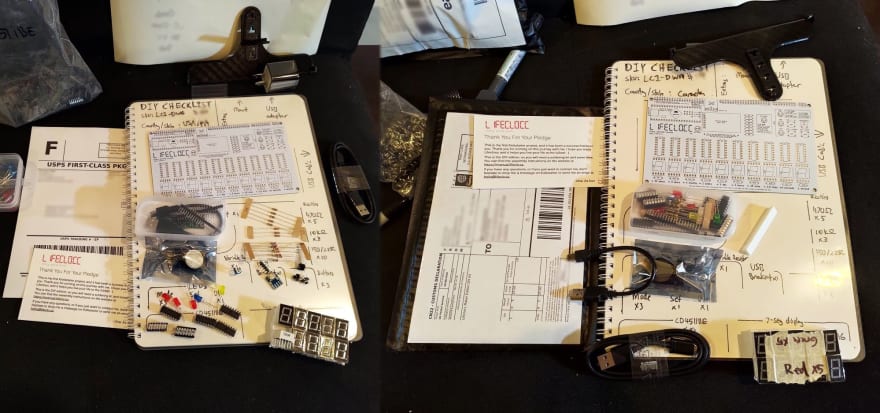
I feel fortunate to have been in the United States at the time of my campaign. Shipping internationally from the US is surprisingly cheap. Many of my backers were from the US as well. I’m not sure if this is because I indicated that I was in the US, or if most of Kickstarter’s demographic is naturally in the US.
Shipping within the US costs only $5 a package, and shipping anywhere else in the world costs about $10 - $20. This might not sound cheap, but if I was shipping my project out of Singapore for instance, it would easily be $30 - $50 per piece.
If I was based elsewhere, I guess I would have to go through some bulk shipping to a fulfilment centre in the US (or wherever my backers are located) before shipping them out from there. The US has quite an extensive infrastructure of export shipping that’s baked directly into their low international shipping prices.
Defects and Reshipping
It would be naïve to expect that every single package would arrive in perfect condition and undamaged. I had a couple of units lost in transit as well. For those packages, I simply sent out another shipment while I tried to claim the shipping insurance for the missing pieces.
One thing to note is that shipping insurance only works under specific conditions. When I claimed the insurance for a damaged item it was rejected because they deemed my packaging insufficient. But for 2 other packages that were lost in transit, they accepted the claims since the tracking clearly showed that it hadn't arrived yet after a long time.
I even received a missing package complaint 6 months after I shipped everything. Sometimes people simply forget about the Kickstarters they back.
Main Takeaways
Make sure you have plans for every step of the manufacturing and fulfilment process, and document that in the campaign as much as possible. It gives backers confidence and also works as a mental exercise so you can see if you have missed anything out.
Keep your backers up to date and be completely honest with them, even if there’s bad news. Kickstarter backers are backing an idea, not a product (at least that’s how it should be) so they’ll want to see that you are doing your best to get it working.
Overall I’m really glad to have had the opportunity to do this. As a software guy, I have never had the opportunity to work on a proper hardware project before. I didn't get the chance to do another Make100 this year, but I probably create another crowdfunding project sometime in the future.






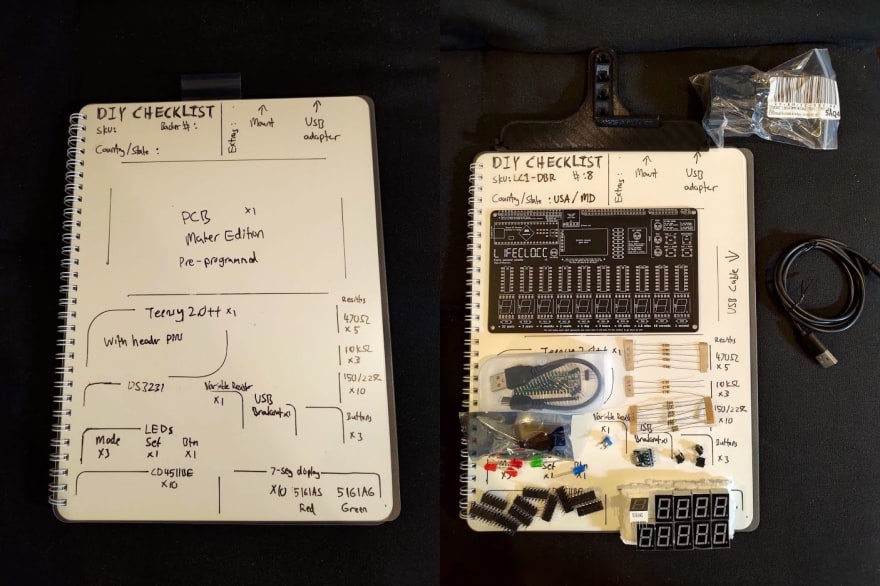
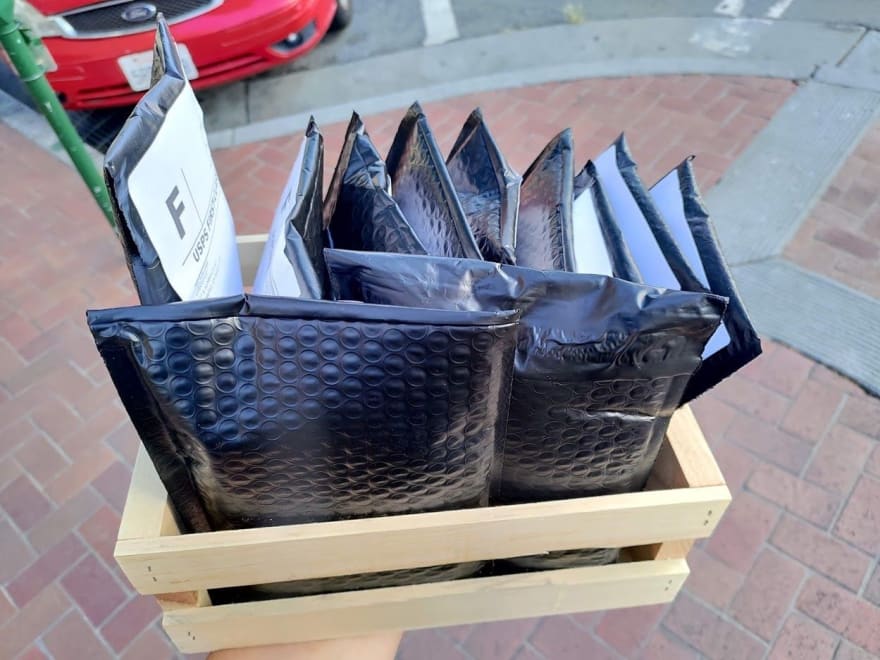
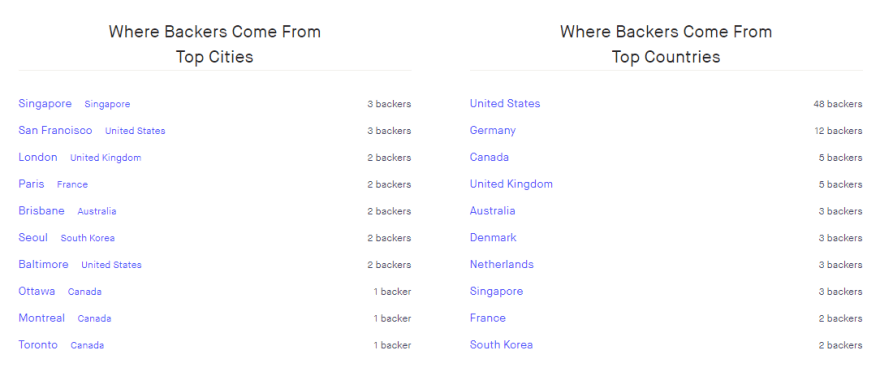





Top comments (0)